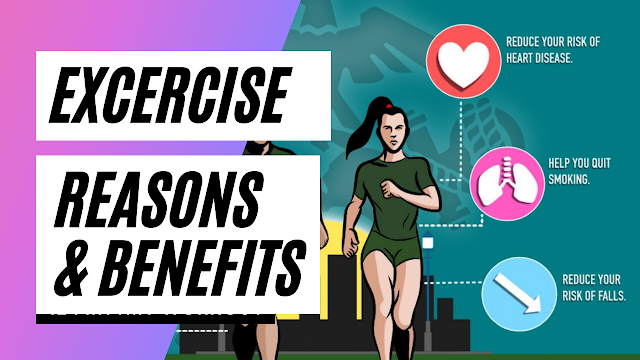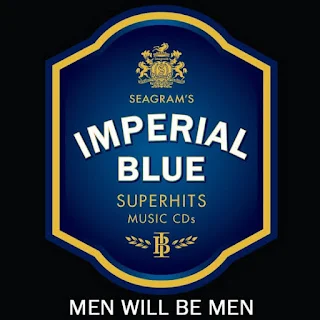What is Advertisement?
Advertisement refers to provide information about some facts / particulars; however the term has a broader meaning in the business world. Advertisements promote sales by capturing a larger audience.
It is a paid form of non-personal communication with an identified sponsor, who pays for the promotion of a particular product or service. Advertisements are done by the various means such as print media, electronic media, cinema, social media etc. We come across a number of advertisements every day which make us aware about various products and services available in the market like investments, insurance policies, detergent, coldrinks, educational institutes, automobiles, cars, hospitals, hotel entertainment, etc.
According to Philip Kotler- “ Advertising is any paid form of non-personal presentation and promotion of ideas, goods and services through mass media such as newspapers, magazines, television or radio by an identified sponsor.”
Media/ Means of Advertisement:
Advertising media are the means through which the advertisement message is conveyed to the audience.
There are different media that can be used by the companies to spread their message:
(A) External Advertisement:
External advertisement is the ones data presented through walls, transportation mediums, posters, electrical sign boards, hoardings, stickers, etc.
These advertisements make use of various colours and pictures which draws the attention of people passing by. The means of external advertisement can include:
1. Walls:
Under the advertisement sponsors get their message written / painted on the house walls, bridges, shop walls, etc.
2. Posters and Hoardings:
Posters can be hung or pasted on walls, street corners, railway stations, telephone poles, uni-pole, gentry, etc. The message is written on papers, cardboards, iron sheets or wooden board with a cloth stuck on them. The hoardings are placed on road sides of highways, circles, multi storey buildings or street corner.
3. Electrical sign boards:
Indus the advertisement boards are decorated with colourful bulbs or gas tubes. These attract customers in the night time, as they pass by.
4. Transportation advertisement:
These use transportation medium ( buses, rails, cars,airplanes) to spread advertisement message. Car cards are a popular means used under this category. Kar cards are placed inside the buses, taxis, rail coaches, car glasses, etc. It takes time for the consumers to reach their destination and car cards can be used by them to utilise their time.
(B) Internal/ Indoor Advertisement:
These are the ones that have an indoor access to customers, and message can be spread to the masses.
These include media like newspapers, magazines, television, radio, point of purchase advertisement, etc.
1. Newspaper Advertisement:
Newspapers are popular means of advertising. Two types of advertisement can be seen in newspapers.
(A) Classified Advertisement:
The classified advertisements are printed at particular pages under a particle size and title like vacancy / job , purchase, sales, educational, matrimonial, etc. Are limited number of words are used under such categories.
(B) Non-Classified advertisement:
No particular place for pages are decided for such advertisements. As per the direction of the sponsor, the advertisement can be published on any page. Such advertisements may be in coloured and in half or full or jacket and use pictures along with the information, regarding the products, their Characteristics and the place of availability, etc.
Newspaper advertisements helps the marketer to reach a greater audience. Nevertheless, they have a short span of life and are only suitable for an educated audience.
2. Magazine Advertisement:
The advertisements that are published in weekly, monthly, quarterly or annual magazines are known as magazine advertisement. Magazine can be of economic, religious, political, literary, dramatic interest, etc. Some examples are India Today, Business World, Femina, Economics and Political weekly, etc. Magazine advertisements are more attractive and have a long life span then the newspaper advertisements.
3. Entertainment Advertisement:
Under this method, the means of advertising including radio television, cinema, cassettes, fairs, exhibition, drama and music concerts. Amongst all radio and television are the most popular ones. Television advertisements can be broadcasted at local, National and international levels.
Under the cinema advertisements, the advertiser uses cinemas slides or short films to advertise their message. Under this, advertisements are shown during the intervals/breaks.
In fares and exhibitions, institutions display advertisement by the means of kiosks or shops, etc. The stalls or kiosks that we came across in the book fairs for handicraft exhibition that we visit, which advertise their automobiles, investment plans, etc. are a great example of this method.
4. Point of purchase advertisement:
Under this method, the purchase counters aur points of purchase of the shops are decorated enough, in order to attract the people that passed by and motivate them to visit those shops. By decorating the counters attractively, consumers are motivated to purchase products and services. The samples of different products are displayed at the counters.
Techniques of Advertisements:
In the present scenario every organisation need to advertise its products and services to inform the consumers, to acquire sales and to earn name and fame. Every business enterprise needs to spend money on advertising, but the expenditure page of only when correct techniques of Advertisement are used. Therefore, the advertisers use these techniques selectively, so that desired results can be obtained. The techniques of advertisement have been discussed under:
1. Emotional Appeal:
This technique of advertisement is based on two factors, the consumer needs and the fear factor. Both the factors have been discussed under:
1. Consumer needs:
•Need for doing something new.
•Need for acceptance.
•Need to be noticed.
•Need to change old products.
•Need for safety.
•Need to become attractive.
2. Fear Factors:
•Fear of accident.
•Fear of death.
•Fear of getting sick.
•Fear of becoming obsolete.
Generally, this technique is used by Insurance companies to sale their insurance policy by generating fear in people's minds.
2. Brand Advertisement:
Under this technique, those who purchase that product are motivated together and I ready to look forward to it. For e.g. the advertisement of Pantene Shampoo says that 15 billion women trust the brand.
3. Facts and figures:
Under this the advertisers, use facts and figures portray their product as better. For e.g. Colgate is recommended by 70% dentists of the world.
4. Ambassador:
Under this advertisers ask celebrities to promote their brand's products. These celebrities share their experiences with the products and express their support for the brand. For e.g. Mr. Amitabh Bachchan and his wife advertised for a jewellery brand, where it was portrayed how the brand products have influence Mrs Jaya Bachchan.
5. Patriotic advertisement:
Such advertisements show how the use of said product our services reflect a support for the nation. For e.g. Some products claim to offer a part of what consumers paid towards child education in their advertisements.
6. Surrogate advertisement:
It is a form of advertising where the companies do not promote their products directly due to legal constraints, so companies use indirect techniques i.e. 'surrogate' to advertise their products.
Examples- Bagpiper Soda, Imperial Blue Cassettes and CD's etc.
The advertisers make use of the above set techniques to promote their products. Apart from the above, technique for online advertisements are also used such as web links, advertisements on web pages, product websites, etc.
Thank you for visiting











Great👏👏
ReplyDelete